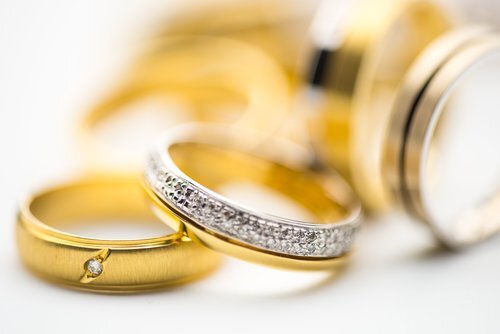From Costume to Fine Jewelry: What You Need To Know
When it comes to entering the jewelry market it might seem daunting trying to figure out where to start. So before you let your design ideas run wild or start considering a manufacturer, it’s important to understand just where your ideas fit into the market. There is actually a lot more to the jewelry industry than just different types of metals or ways to wear jewelry itself — there are very different sectors of the market where you can make your mark. So here, we’re going to give you a crash course on everything from costume to fine jewelry. Where do you see yourself shining?
Costume Jewelry
Because costume jewelry isn’t made of precious metals and doesn’t feature any real gems, it is the lowest end of the jewelry sector to enter. Typically, costume jewelry is characterized by glass and plastic in lieu of crystal or any real gems, and cheap metal, often known as “base metals”. Another major characteristic of costume jewelry is that it is typically quite fashionable — which is fitting, because the jewelry itself probably won’t outlast the trends.
Fashion or Bridge Jewelry
Used interchangeably, fashion or bridge jewelry is still trendy but forged out of materials that are of better quality. Often with fashion or bridge jewelry you’ll see metals plated in gold, silver or rhodium, or simply made of sterling silver altogether. Fashion jewelry can also feature semi-precious stones, tiny diamond chips or cultured pearls that elevate the look and feel but keep the price from skyrocketing for consumers.
Demi-Fine Jewelry
With designs that reflect the quality and craftsmanship of fine jewelry while leveraging current fashion trends, demi-fine jewelry gives consumers quality pieces that are made to last but not break the bank. Similar to fashion and bridge jewelry, demi-fine jewelry is often plated — most commonly plating sterling silver with gold, also known as vermeil. Additionally, demi-fine jewelry will also feature semi-precious stones. What really sets it apart from fashion jewelry though is the quality and craftsmanship which is something select consumers are willing to spend the extra cash on. There’s also the fact that with increased quality comes increased brand loyalty — demi-fine jewelry brands often being shops consumers will love and trust for years.
Fine Jewelry
The pièce de résistance is fine jewelry, which is made of the highest quality materials — whether that’s gold, diamonds or precious stones. Don’t be fooled, though, fine jewelry can also be fashionable. But the difference here is that fine jewelry often sets the trends everyone else wants to follow. What's more, fine jewelry also often comes in much more classic styles that will transcend the trends. Of course, when you talk about fine jewelry you also talk about an entirely new customer base — one that is willing to spend more for quality pieces and world-class craftsmanship. Often with fine jewelry, consumers pay extra to buy brand-name pieces, too. Fine jewelry consumers often have brands and fashion houses they know and love and will shop at for years, if not the rest of their lives.


